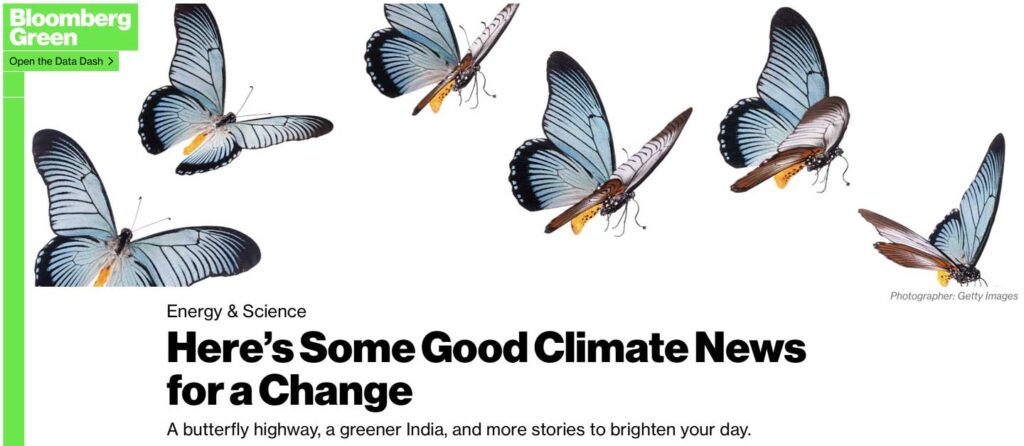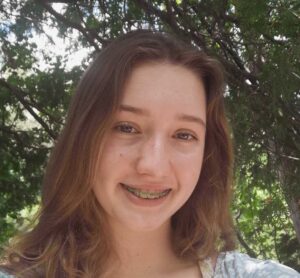
The Summer Blog: Toby, Week 1
At this moment in time it is natural to feel discouraged and doubtful that the work we do is worthwhile at all. I get lost in the disasters happening every day and begin to think that nothing I do will ever create the changes I want to see.









